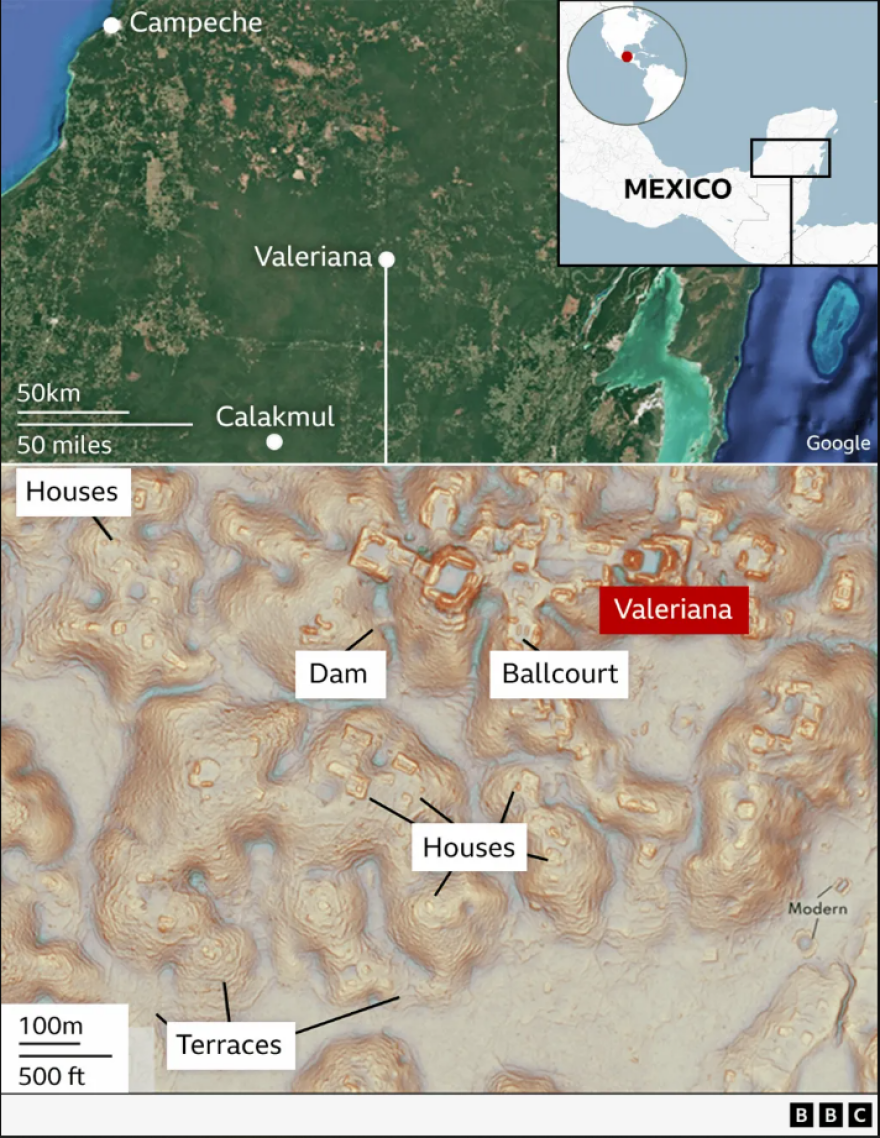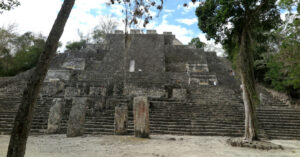A graduate student was faced with a stunning discovery as he…accidentally, located a lost Mayan city in a jungle in Mexico.
Specifically, using Lidar technology, archaeologists have discovered a massive ancient Mayan city hidden for centuries in the jungle of Mexico, near the modern state of Cabeza. The city, named “Valeriana”, includes pyramids, stadiums, roads connecting districts, amphitheaters and plazas, elements that reveal its importance as a center of culture and administration.
Researchers believe its density of buildings puts it second only to Calacmul, the largest known Maya site in Latin America.
The city was discovered “by accident” when Tulane University doctoral candidate Luke Oldtomas, spotted data from an old Lidar camera that had been used by a Mexican organization for environmental monitoring. Through this data, analyzed using archaeological methods, the existence of an entire city, once home to some 30,000 to 50,000 people, was revealed.

Valeriana has two main centers, connected by densely populated neighborhoods and streets. In these areas were found plazas with pyramid-shaped temples, courts for the ancient Mayan ball game, and a water supply system with a cistern, suggesting the ability of the inhabitants to use natural resources to support their population. Excavations in the area have yet to take place, as the city is located in dense jungle.
Researchers estimate that Valeriana was active from 750 to 850 AD and its abandonment is likely linked to climate change as the Maya, who lived in densely populated areas, were unable to adapt to increasing droughts. Other factors, such as conflict and the Spanish conquest in the 16th century, contributed to the complete disappearance of the Mayan city-states.
Professor Marcelo Canuto of Tulane says the use of Lidar technology has revolutionized archaeological research in areas of dense vegetation. In a decade, Lidar has uncovered thousands of sites, revealing a view of the past that scientists thought impossible to see.
The research, published in the journal Antiquity, highlights how Valeriana confirms the existence of rich and complex cultures in the tropics, and is one of many lost Mayan cities waiting to be explored. Researchers acknowledge that available resources and time are insufficient to study all of the recent discoveries.
Ask me anything
Explore related questions





